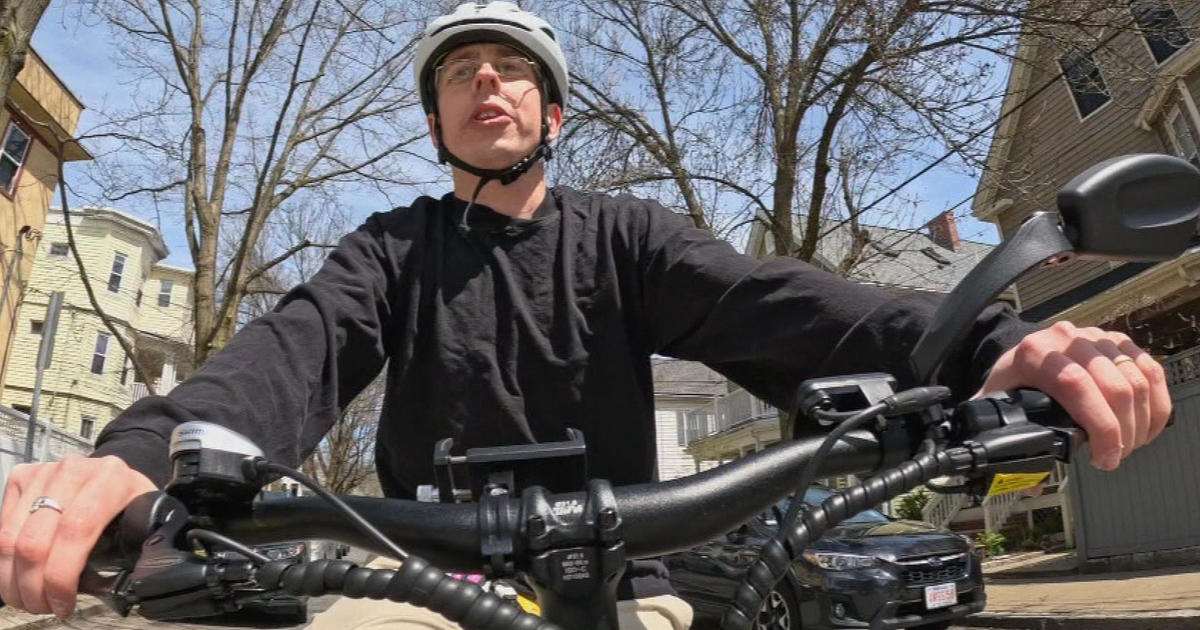Q&A: The Facts On Open Vs. Robotic Prostatectomy
The decision to undergo radical prostatectomy, or any treatment for prostate cancer, is of course not an easy one. Patients are usually offered a tremendous amount of information from their doctors, friends, family members, and the internet. Most of this information is helpful and necessary, but some can also be misleading and inaccurate. The sheer amount of information can often make what is normally a difficult period in a patient's life even more challenging and stressful.
Dr. Andrew Wagner, Director of Minimally-Invasive Urologic Surgery at Beth Israel Deaconess Medical Center, provides some guidance if you are considering either robotic-assisted radical prostatectomy or traditional (otherwise known as "open") radical prostatectomy.
Q. What are the main differences between open and robotic-assisted laparoscopic surgery?
A. There are several important differences. First, robotic surgery is a minimally-invasive approach, so by its very nature, patients have less abdominal trauma due to smaller incisions and patients will have less pain when compared to open surgery.
Additionally, our research shows that patients in general are more satisfied with their incisions after this procedure than after open surgery. This allows some patients to return to work rather quickly, some as quick as two weeks. Comparative studies suggest that patients after open surgery tend to take a couple of extra weeks to recover physically.
The second main benefit of robotic surgery is that the blood loss during robotic surgery is far less than during open surgery, even open surgery done by an experienced surgeon. For example, our blood transfusion rate during robotic prostatectomy is near zero percent. Even in the hands of the most experienced open surgeons in the world, the blood transfusion rate varies from 8 to 40 percent. Less blood loss and better visualization allows us to remove the cancer at an equally effective rate to open surgery, even for high-grade or advanced tumors.
With the magnification of the robotic system, sparing of the urethral sphincter muscle (important for urinary control) and sparing of neurovascular bundles (important for erections) can be done in an extremely precise fashion. Patients should know that long-term results of recovery for both urinary and sexual health are comparable between robotic and open surgery as long as the surgery is performed by a high volume, highly trained surgeon.
Q. What should a patient consider when weighing either of these treatment options?
A. The most important factors a patient should consider are the surgeon, the surgical team, and the hospital.
The surgeon should have training in advanced surgical techniques and perform the surgery on a weekly basis to keep their skills sharp. The surgeon should be approachable, explain things in detail, and answer all your questions in person or by email. Since there is usually no urgency to treat prostate cancer the patient should never feel "rushed" into a surgical decision. He should also be allowed contact previous patients to discuss their experiences.
The surgical team (nurse specialists, physicians assistants, administrative assistants) should be approachable, knowledgeable and patient. A team that regularly works with cancer patients will be accustomed to the many questions and concerns of cancer patients and their families. The team (and the surgeon) should be available by phone or email in the event of questions before or after surgery.
The hospital should be a place you are comfortable and confident in, and at the same time provides individualized patient-focused care. Some patients prefer larger academic hospitals where there are doctors on call around the clock at the hospital and the doctors and nurses are accustomed to taking care of high level, complicated cancer cases.
Q. What questions should a patient ask his doctor?
A. Patients need to ask their surgeons what their personal experience is with robotic surgery. This includes asking how many surgeries they have performed themselves as primary surgeon, and how many cases per week are being performed. Patients should ask about cancer recurrence rates, as well as the typical rates of recovery for urinary and sexual function.
Patients should also ask their surgeons if they can contact other patients who have had the surgery (performed by that particular surgeon). This can give patients a degree of confidence that other patients in their position have gone through the surgery and are happy with their overall cancer care. Additionally, this gives patients, who are often anxious about an upcoming major surgery, a chance to receive support from other men who have been through it all before.
Q. Are there any drawbacks to the robotic surgery?
A. Well, there are a few myths about robotic surgery that should be dispelled. First, the myth that robotic patients don't have pain or are able to return to normal activity in a day or so is not true. Although the procedure is done through small incisions, most patients do experience soreness, fatigue, and a slow return to normal energy level and appetite for at least a week following surgery. In general patients need to plan to take it easy for a few weeks until their energy returns.
Another myth is that it is more difficult to remove the prostate robotically because the surgeon cannot "feel" the tumor. This is not true, in fact the improved vision of robotics allow us to remove the cancer and surrounding tissue at least as well as during open surgery, this improved vision more than compensates for the inability to feel the tissue.
There is also a myth that robotic patients have quicker and better recovery of urinary and sexual function than patients after open surgery. This isn't true, despite some advertising to the contrary. We recently presented results of a study – the largest to date – to directly compare open, laparoscopic, and robotic surgery. We found that the recovery of urinary and sexual function was more related to the experience of the surgeon, not whether the procedure was done open or robotically. Again, this bears repeating: results are more dependent on surgeon and team experience, training and inherent skill– not surgical approach.
Overall, the vast majority of patients and larger cancer centers have turned to robotic prostatectomy because of the smaller incisions, better visualization of the prostate and surrounding structures, decreased blood loss, and a quicker physical recovery after surgery.
Above content provided by Beth Israel Deaconess Medical Center. For advice about your medical care, consult your doctor.
Posted: March 2013




